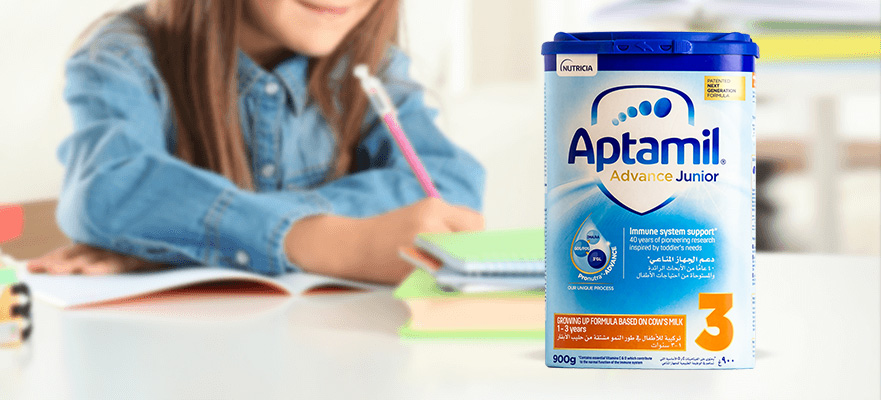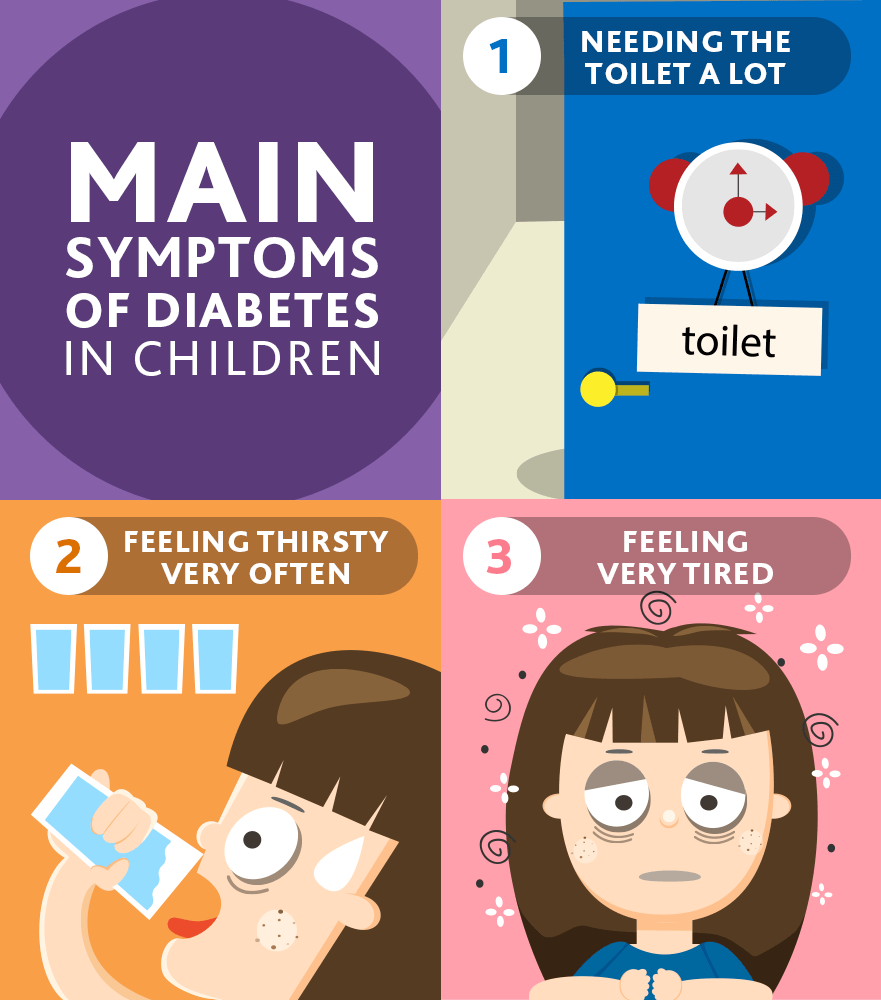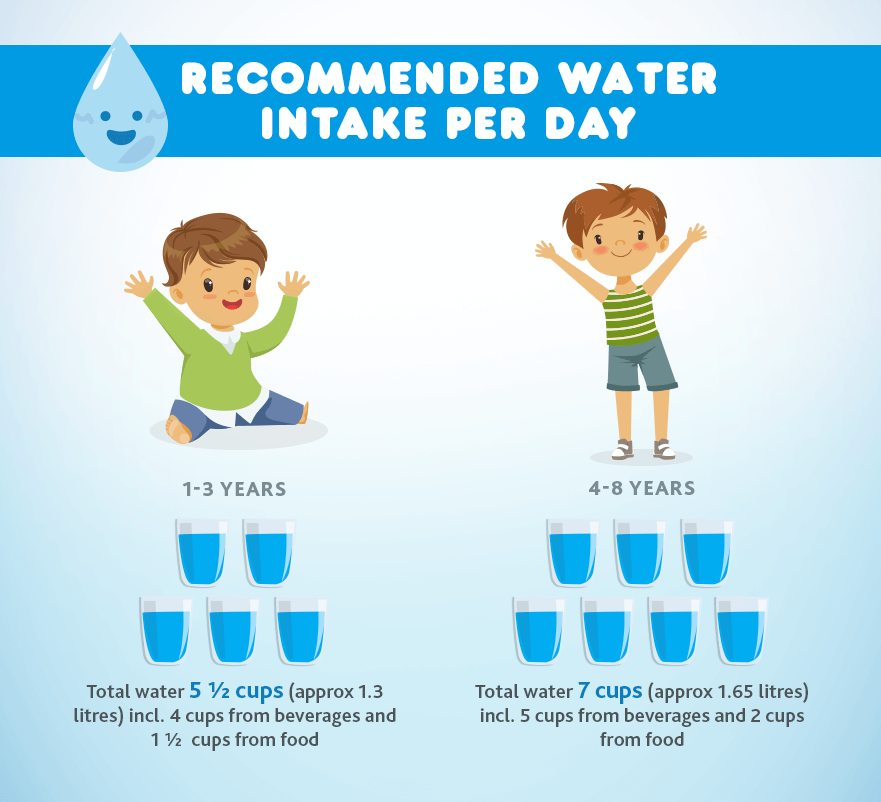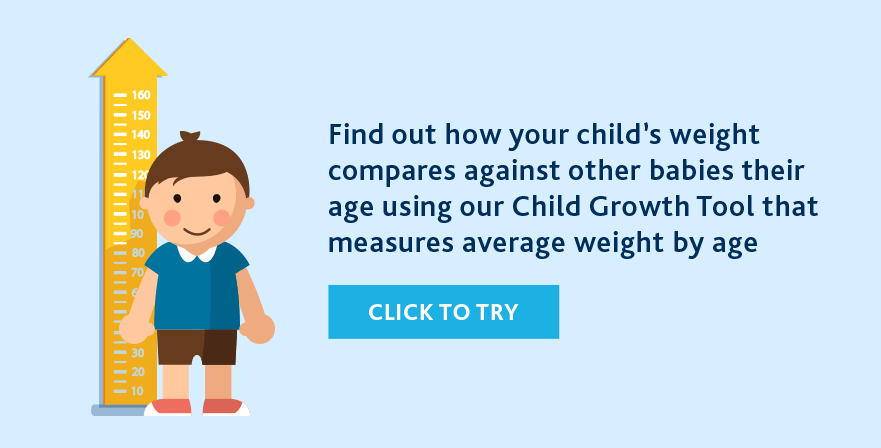Preventing Childhood Obesity

Childhood obesity is a rising issue, with increasing numbers of overweight children in the Middle East and Gulf region. Back in 2008, more than a third of all children in the region were found to be obese. This is a huge jump from less than 5% in 1970, and will no doubt be a growing concern for parents.
Of course, all parents want their children to be both happy and healthy. However, it can sometimes be difficult to balance the two. What may make your child happy in the short term may not necessarily be healthy for them, and may not lead to health and happiness in the long term.
If you are concerned about your child’s weight, you can use our Child Growth Tool which compares their weight with other babies their age using data from the World Health Organization (WHO) that measures average weight by age.
You should also always discuss any concerns that you have regarding your child’s weight or health with their doctor.
CAUSES OF CHILDHOOD OBESITY
Childhood obesity is usually down to the simple formula of calorie intake versus calorie expenditure. Simply put, what a child eats versus how active they are. Breaking this down further there are numerous reasons why a child may be overweight, including:
- Eating too many unhealthy (high calorie or high fat) treats such as sweets and ice-cream
- Drinking too many sugary drinks
- Portion sizes that are too big for their age
- Spending too much time being inactive i.e. playing computer games, using a tablet or watching TV
- Not spending enough time being active i.e. playing energetic games, being active outdoors or swimming
- Being driven everywhere instead of walking, scooting or riding a bike
- In rare cases, being overweight can be caused by a medical condition, so it’s important to speak to your child’s doctor if you’re worried.


With many of the causes of childhood obesity, parents may feel that they’re making their child happy – no child is going to say no to ice-cream or screen time, for example! But too many treats and not enough activity can cause childhood obesity, leading to unhappy children and parents in the long term.
“Childhood obesity is usually down to the simple formula of calorie intake versus calorie expenditure. Simply put, what a child eats versus how active they are.”
IMPORTANCE OF A BALANCED DIET FOR YOUR CHILD
The good news is that there’s no need for treats to be off the menu completely. The key is to ensure that your child is eating a balanced diet – and the earlier you can get them trying and enjoying a wide range of healthy foods, the better.
From the recommended weaning age of six months, children can be gradually introduced to healthy starter foods including fruit and vegetables, and carbohydrates such as sweet potatoes, potatoes, pitta bread and unsalted rice cakes. Of course, you should always supervise young children when they are eating and be alert to any signs of food allergies. From age one your child should be eating a variety of healthy food for kids that includes all the main food groups, such as:
- Fruit and vegetables i.e. carrots, babycorn, broccoli, parsnip, banana, pear, mango, apple, melon
- Carbohydrates i.e. potato, sweet potato, pitta bread, toast, unsalted rice cakes, pasta, rice
- Protein i.e. meat, fish, eggs (hard-boiled), beans and pulses
- Dairy i.e. full fat milk, cheese and yogurt
- Fat i.e. healthy fats can be found in foods including dairy products, meat and fish, avocado and peanut butter
As well as ensuring that your child eats the right kinds of food, it’s also important to consider the quantities. One possible cause of weight gain could be eating the right foods but in the wrong ratios. The five-layer Food Pyramid is a useful tool for checking that your child is eating the right amount of each food type.
“One possible cause of weight gain could be eating the right foods but in the wrong ratios.”
The amounts of food that a younger child may eat can make it difficult to ensure that they’re getting the nutrients they need on a daily basis. This is where follow-on and growing-up milks can offer peace of mind. Aptamil’s nutritionally balanced growing-up milk has been expertly tailored to support a child’s diet through the baby and toddler stages of development – so you don’t have to worry if your child is a fussy eater!


If your child is overweight you can discuss possible diet plans with their doctor. It’s important that children get the full variety of nutrients, so you should never put a child on a restricted diet without seeking medical advice.
THE LINK BETWEEN CHILDHOOD OBESITY & DIABETES
Childhood obesity can have serious health implications, with studies showing a link between obesity and diabetes. In 2006 the Royal College of Paediatrics and Child Health (UK) reported that the number of children developing type 2 childhood diabetes had increased tenfold since 1999 – which they attributed to the rising numbers of obese children.
Diabetes symptoms in children may include:
- Needing the toilet a lot. High levels of glucose in the blood mean that children with type 2 diabetes may produce more urine and need the toilet more often.
- Drinking a lot. Urinating more often than normal means that children with type 2 diabetes may feel very thirsty.
- Feeling very tired. This happens because the body can’t use glucose for energy properly.


If you have any concerns about your child showing the above symptoms, their doctor can test for diabetes with a simple blood-sugar test.
“Childhood obesity can have serious health implications, with studies showing a link between obesity and diabetes.”
BENEFITS OF HYDRATION FOR CHILDREN
Drinking enough water is important for everyone, but children can be especially at risk of dehydration as they have a higher proportion of body water than adults and are less tolerant of heat. Children also tend to be more physically active than adults, so need to drink often to stay hydrated.
How much water to drink everyday?
How much water your child needs to drink every day will depend on a number of factors including their age, whether they’re a boy or girl, how active they are and how hot it is. While most of their hydration should come from water, some can come from other fluids like milk and soup, and watery foods such as fruit and vegetables.
The general advice from the US Dept of Agriculture is as follows:
- Ages 1-3: Total water 5 ½ cups (approx 1.3 litres) including 4 cups from beverages and 1 ½ cups from food.
- Ages 4-8: Total water 7 cups (approx 1.65 litres) including 5 cups from beverages and 2 cups from food.


A baby under one year old should get all of their hydration from breast or formula milk. In some circumstances, i.e. in hot weather, your baby may need additional water but you should discuss this with their doctor.
BENEFITS OF WATER
Your child’s body needs water to perform several essential functions including:
- Producing sweat to help maintain a safe body temperature
- Producing urine to remove waste from the body
- Moving nutrients through the body
Good hydration will also help your child to:
- Maintain a healthy weight
- Maintain good concentration
- It can also help to reduce the risk of health problems including constipation and urinary tract infections.
Encouraging your child to develop good eating and drinking habits from a young age, as well as encouraging them to be active, will give them the best chance of maintaining a healthy weight and avoiding the health issues linked to childhood obesity. With the right guidance your child can grow up happy and healthy.
Featured Articles

Monitor your child’s growth
Compare your child’s weight with other children their age
Need advice?
Our team of experts is ready to answer your questions and support you on your journey from pregnancy to toddler hood. For more information and relevant advice, please contact us between 9am-5pm from Sunday to Thursday.





